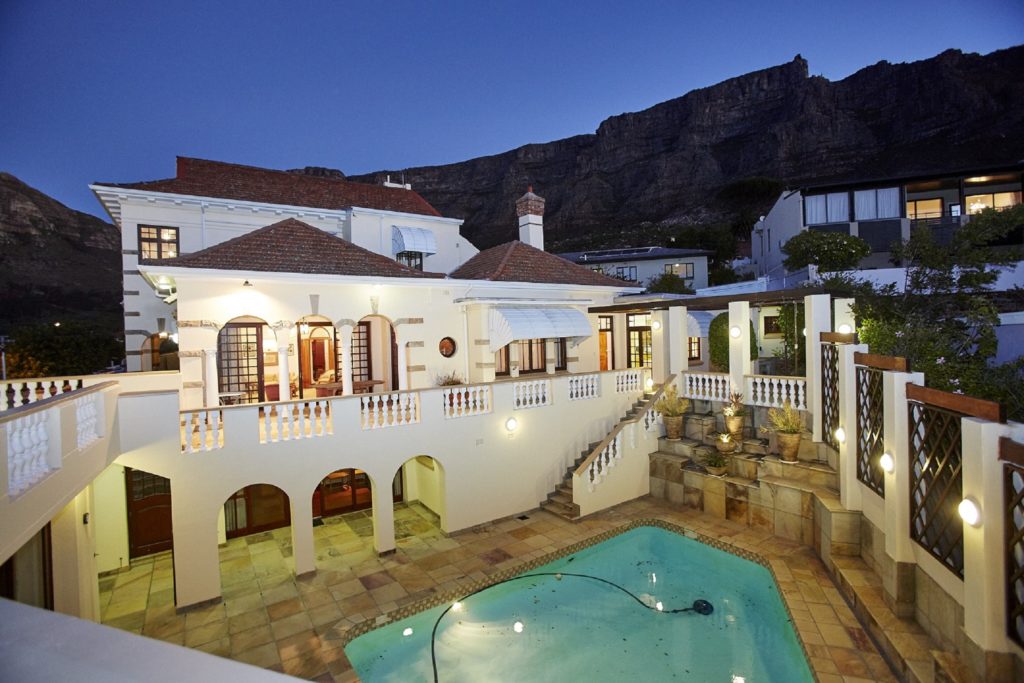The Cape’s unique wealth of heritage neighbourhoods and architectural styles, from Cape Dutch, Victorian, Edwardian, Georgian and Art Deco are increasing in demand for both local and foreign investors alike.
Property options range from Cape Dutch cottages which can sell for around R3m to a Cape Dutch wine farm which can sell for well into the upper millions.
While most of the historic buildings and the beautiful Cape Dutch wine farms of the Winelands/Boland area are beyond the reach of most buyers and investors, there are many opportunities to buy and invest. These areas are sought for a variety of reasons, from residential to businesses, boutiques, restaurants and guesthouses.
A few areas where you can invest in historic/heritage property include:
Constantia
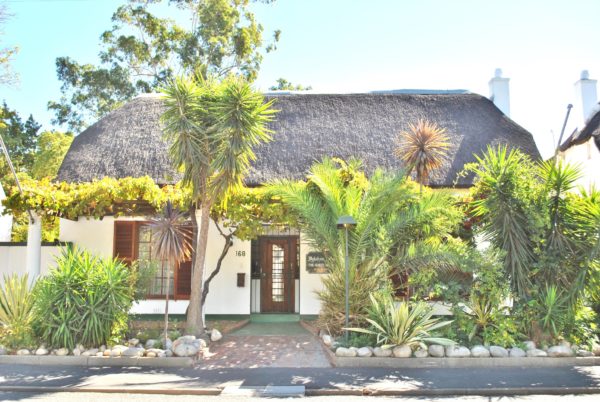
As one of the oldest neighbourhoods in Cape Town due to the establishment of the various historic farms in the area, Constantia boasts a number of Cape Dutch residences, especially on farms such as Groot Constantia, Klein Constantia, Buitenverwachting and Steenberg.
It also hosts other landmarks such as the Alphen and Cellars Hohenhort.
Residential Cape Dutch homes rarely come onto the market however and buyers can expect to pay around R18m-R60m.
City Bowl
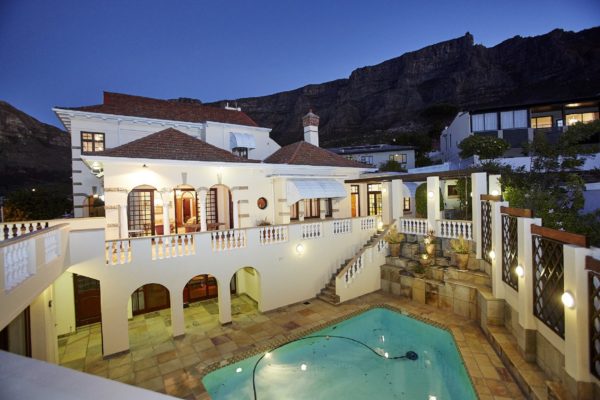
Here you will find a mix of Victorian, Edwardian, Georgian and Art Deco. Tamboerskloof, Oranjezicht and Higgovale offer Victorian semi’s, priced around R6m and houses, priced from around R9m.
In Oranjezicht and Higgovale, you can also find the odd Sir Herbert Baker. A rare 1925 manor house of 1200sqm, built from Table Mountain sandstone, with six bedrooms, eleven bathrooms, a swimming pool and rare 1800sqm plot, priced at R29.75m.
Stellenbosch/Franschhoek/Paarl
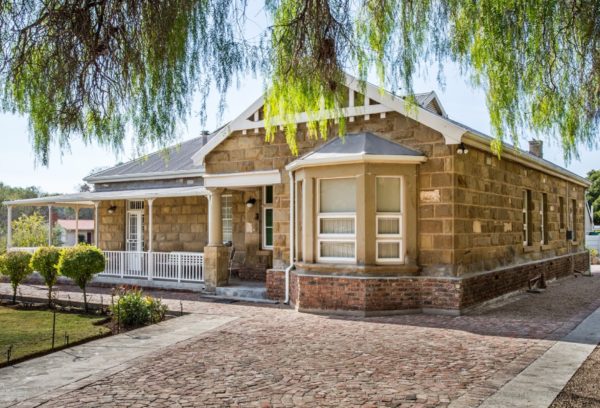
The Stellenbosch, Franschhoek and Paarl areas are home to a wealth of Cape Cottage and Cape Dutch architecture. Stellenbosch’s Dorp and Church Streets offers a number of heritage buildings as well as on the historic wine estates such Blaauwklippen (1682), Murati (1685), Lanzerac, Spier (both 1692), Meerlust (1693), Rust en Vrede (1694) and Neethlingshof (1699).
In the town, you can find beautiful old homes with original woodwork on the floors, doors, windows and even ceilings and some still have the old hearths in the kitchen or original fireplaces. Prices range from around R8m-R28m.
Paarl Central has several Cape Dutch homes, but due to the building and land sizes, these are priced from around R15m-R35m. These properties tend to be converted to corporate offices and retail centres.
Tulbagh/Wellington/Worcester
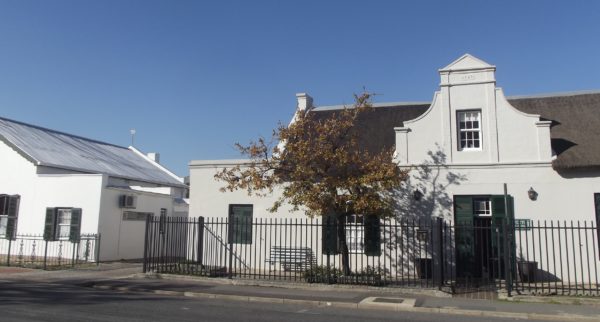
Tulbagh, which dates to around 1714, is another town with a rich heritage of Cape Dutch architecture. This includes Church Street, declared a monument in its entirety and home to 32 historic buildings. Other famous landmarks include The Old Drostdy (1804, designed by Thibault) and Twee Jonge Gezellen (circa 1720). Prices range from R2m-R4m for historic homes in Church Street.
Wellington offers excellent examples of Cape Dutch and Victorian architecture. Prices are still in the affordable range of R2.8m-R3m with the 1921 Klipvleifontein farmhouse with many original features including woodwork and the old farm dam, priced at just R3.45 million.
Worcester, which dates to 1820, offers mainly Cape Dutch properties. Historic properties are popular with buyers relocating to the Cape, foreign investors and also with farmers who buy these as investments. Due to the heritage value and unique character, prices carry a premium of around 20% to 30%. Although prices differ, you can expect to pay around R3.2m and R3.5m.
Swellendam (Overberg)
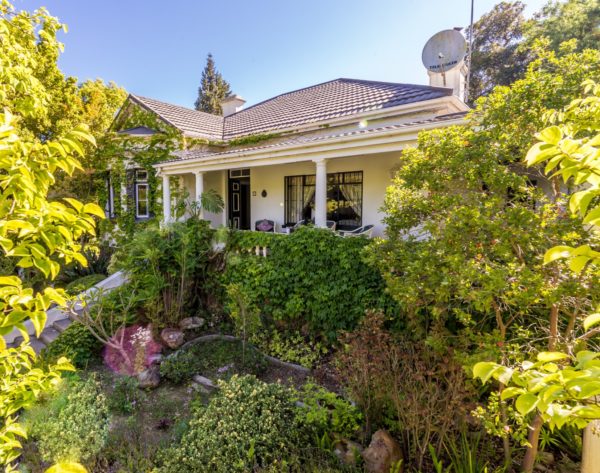
Dating to 1743, Swellendam offers fine examples of Cape Dutch and Victorian architecture. As a popular stop-over on the N2 to the Overberg and Garden Route and a busy commercial centre, Swellendam is a great town to live in or own a second home or B&B. Prices range from R1.5m-R3.5m with only about a 10% premium paid for a top class find.
Legislation and regulation
The National Heritage Resources Act, 25 of 1999 regulates all structures over 60 years old including the fixtures and fittings. A tier system classifies property according to its national, provincial or local importance.
Tier One is a Heritage Overlay Zone, generally applied to entire areas with all properties in the area protected. Tier Two applies to individual properties and buildings and Tier Three, to buildings officially classified as National Monuments or Provincial Heritage Sites.
All interior and exterior work, including paint on these structures, must be approved by the local heritage committee, and if none in that town, the provincial body should be consulted. Municipal approval cannot be given if Heritage has not approved it.
Pictures: www.seeff.com




